

Matt Campbell
2025 Porsche 911 Carrera T review
5 Days Ago

News Editor
The new Peugeot 308 range will be topped by a flagship plug-in hybrid hatch.
The range-topping GT Sport Hatch Plug-In Hybrid will arrive in 2023, with the rest of the range launching in the fourth quarter of 2022.
There’ll be a base GT hatch, as well as GT Premium hatch and wagon models.
Pricing will be announced closer to launch.
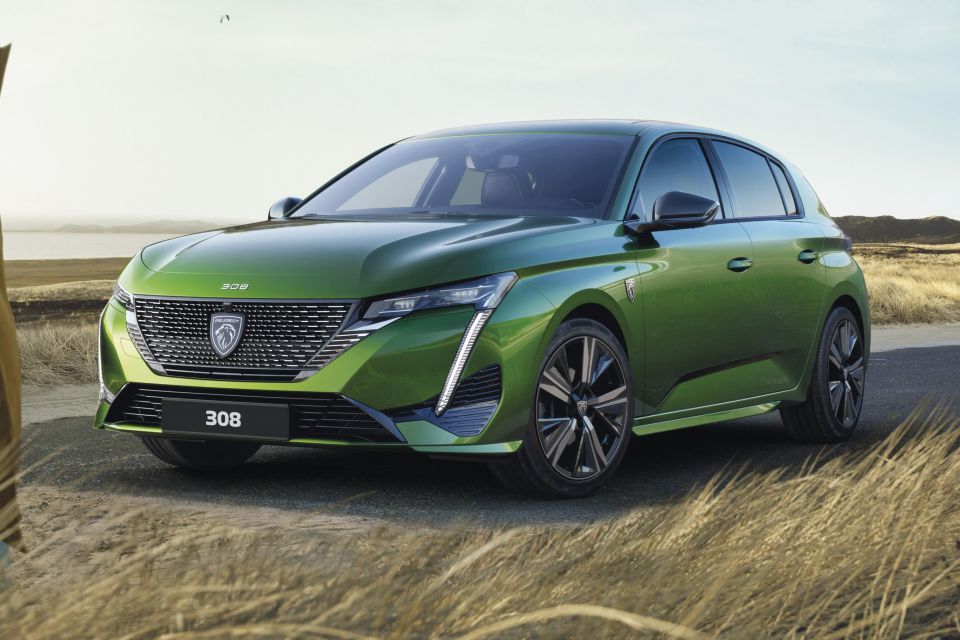
Petrol-powered 308s will use a turbocharged 1.2-litre three-cylinder engine producing 96kW of power and 230Nm of torque, mated with an eight-speed automatic transmission.
While a less powerful tune of this engine is available in Europe, we’re only getting the full-fat tune.
The GT Sport Hatch Plug-In Hybrid uses a 132kW turbocharged 1.6-litre four-cylinder engine mated with an 81kW electric motor and an eight-speed auto.
Total system outputs are 165kW and 360Nm, while claimed electric range is 59km on the stricter WLTP cycle.
It’ll join the recently launched plug-in hybrid versions of the 508 and 3008.
The introduction of a plug-in hybrid 308 will give Peugeot a rare plug-in offering in the small car segment in Australia.
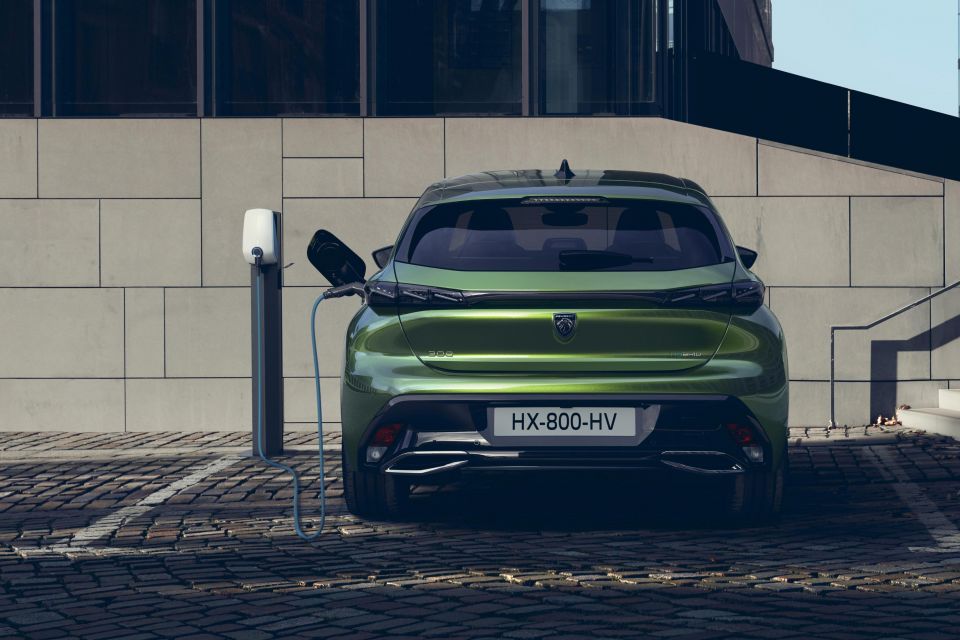
With the plug-in hybrid Hyundai Ioniq being discontinued, that’ll leave only the 308, the Mercedes-Benz A250e, and the upcoming Cupra Leon VZe.
The Cupra uses a turbocharged 1.4-litre four-cylinder engine and an electric motor, for total outputs of 180kW and 400Nm, while the Mercedes-Benz uses a 1.3-litre turbo four and produces 160kW and 450Nm.
Electric range is around 60km for the Cupra, while the Mercedes-Benz has an ADR figure of 73km.
It remains to be seen whether the 308 will have a similar price disparity between its petrol and plug-in hybrid variants as the 508.
The 508 GT Fastback Plug-In Hybrid costs around $18,000 more than its petrol counterpart, despite offering the same level of equipment.
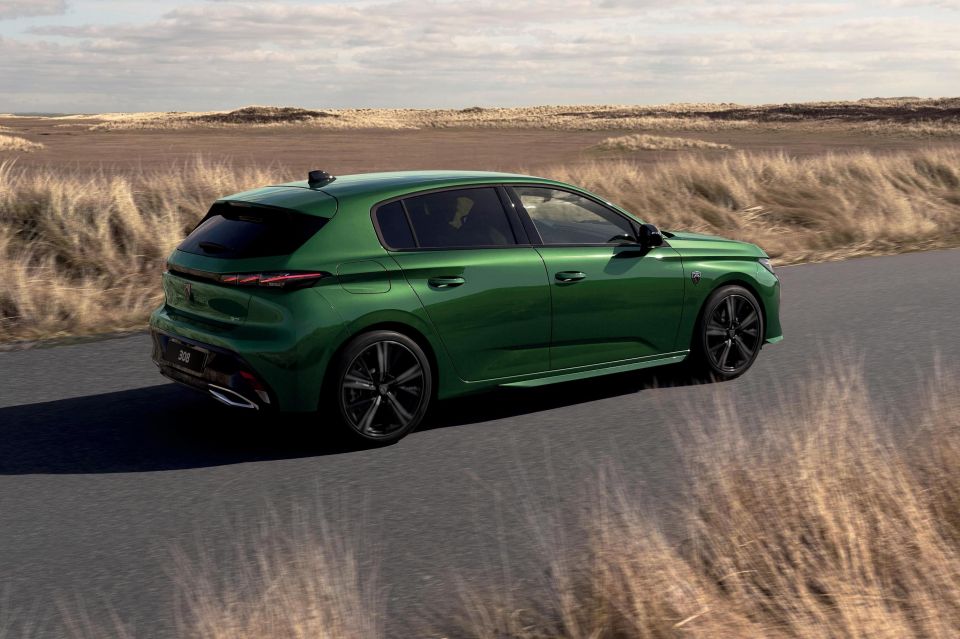
Peugeot is referring to its 308 PHEV as a GT Sport, suggesting there could be more equipment compared with the petrol-powered GT and GT Premium.
The company had previously confirmed the petrol-powered 308 hatch and wagon for a local launch in the first quarter of 2022, before delaying the vehicles due to supply chain issues caused by the semiconductor chip shortage.
The redesigned 308 uses an evolution of the previous car’s EMP2 platform.
The hatchback has a 55mm longer wheelbase than before, most of which Peugeot says has been dedicated to providing more legroom for rear seat passengers. The wagon’s wheelbase is unchanged.
At 4.64m long and packing 608L of boot space with the rear seats in place (and 1634L with them folded), the 308 wagon will go head-to-head with the Volkswagen Golf and Skoda Octavia wagons in Australia.
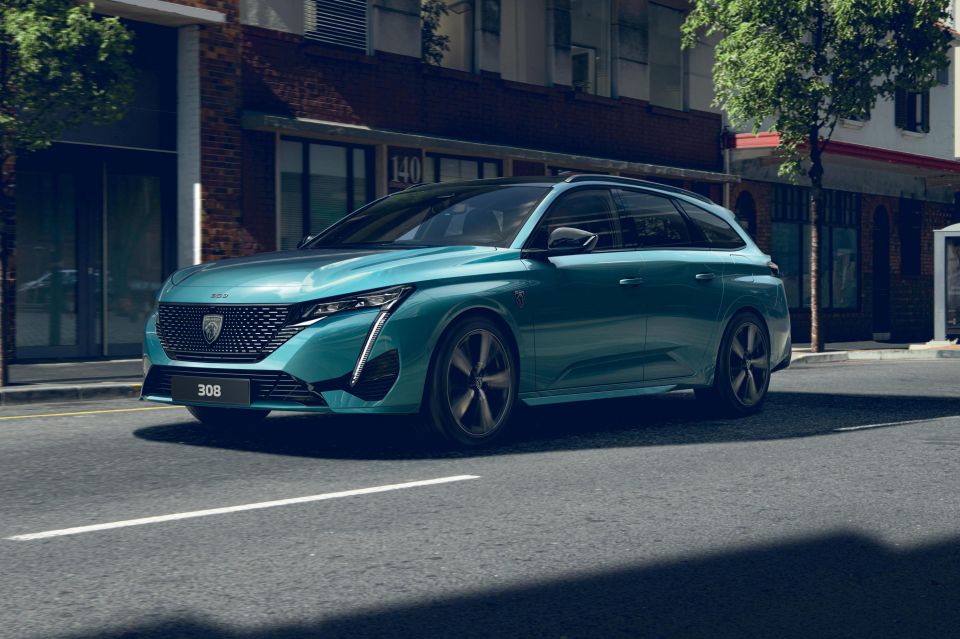
Boot space is 412L in the hatch, with a further 28L under the floor. There’s 1323L available with the rear seats folded flat.
Up front, the 308 follows closely in the footsteps of the new Peugeot 2008 with its latest i-Cockpit layout.
The dashboard is dominated by a 10-inch touchscreen infotainment system, and the driver is faced with another customisable 10-inch display.
Beneath the central screen is a row of touch-based shortcut switches which can be customised by the driver. There are also piano-style toggles at the base of the centre console. Wireless phone charging and an array of USB-C ports all feature.

A full range of active safety assists will feature, including semi-autonomous lane change for the adaptive cruise control, blind-spot monitoring, rear cross-traffic alert, as well as a new reversing camera and surround-view camera.
As you’d expect, autonomous emergency braking with pedestrian detection, driver attention monitoring, traffic sign recognition, lane-keep assist, and auto high-beam also feature.
Peugeot Australia will have gone around 18 months without a small car by the time the new 308 arrives.
The last stock of the outgoing 308 dried up early last year, leaving Peugeot without a passenger car smaller than the 508.
MORE: Everything Peugeot 308
Where expert car reviews meet expert car buying – CarExpert gives you trusted advice, personalised service and real savings on your next new car.
William Stopford is an automotive journalist based in Brisbane, Australia. William is a Business/Journalism graduate from the Queensland University of Technology who loves to travel, briefly lived in the US, and has a particular interest in the American car industry.


Matt Campbell
5 Days Ago


James Wong
4 Days Ago


Max Davies
3 Days Ago


Josh Nevett
2 Days Ago


Josh Nevett
1 Day Ago
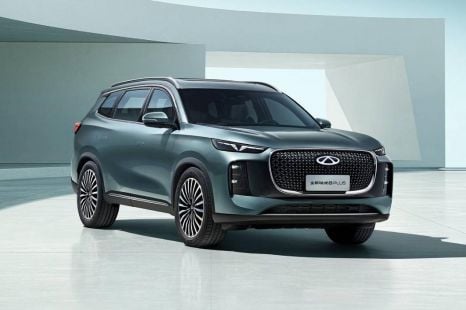

William Stopford
13 Hours Ago